Horse face markings are as varied as the animals who wear them. Each horse marking is wholly unique to them, but most fall under several broad categories.
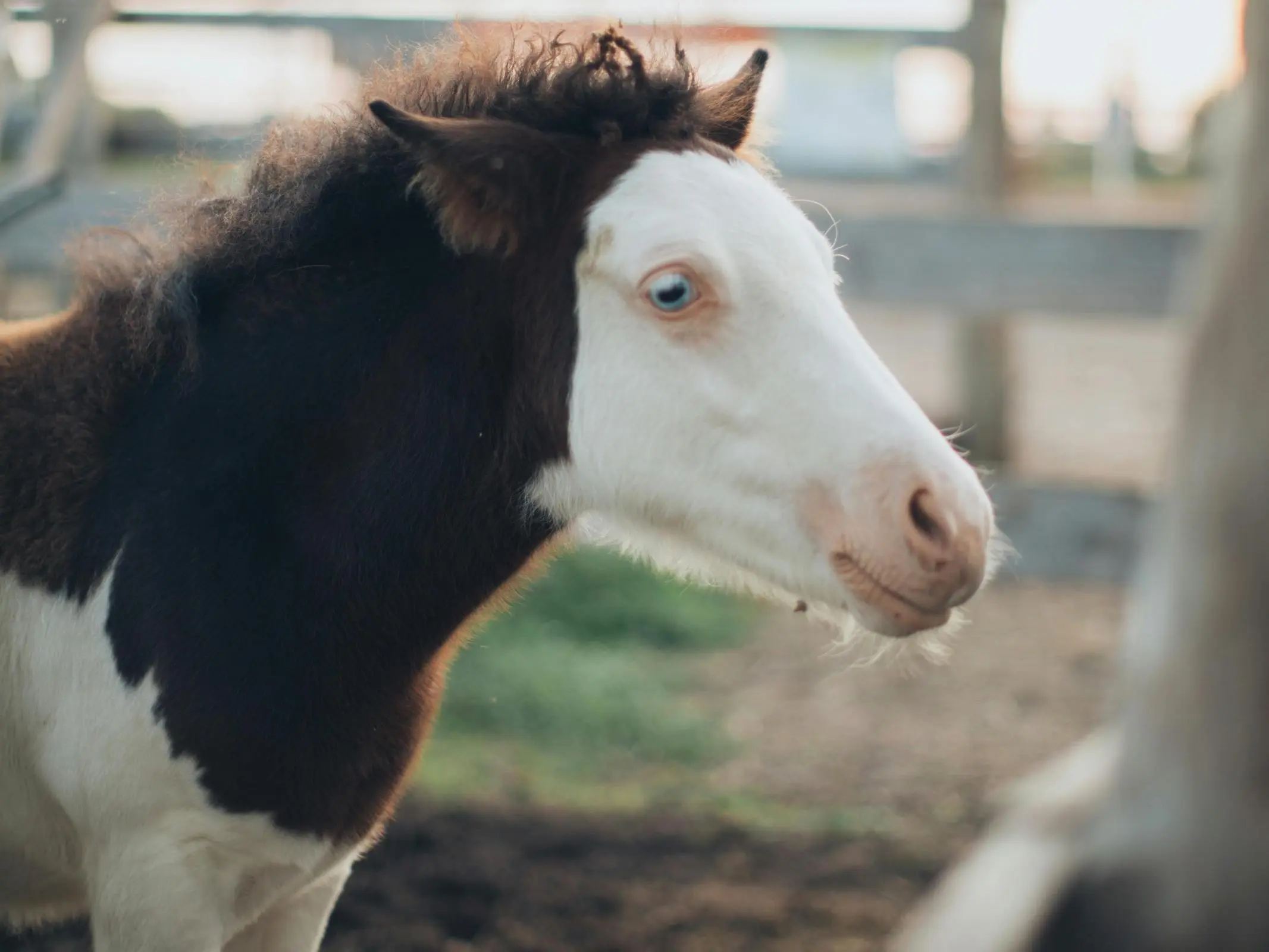 Bald Face
Bald FaceA large white marking over the face that usually extends past the eyes, often paired with one or more blue eyes, usually found in pintos.
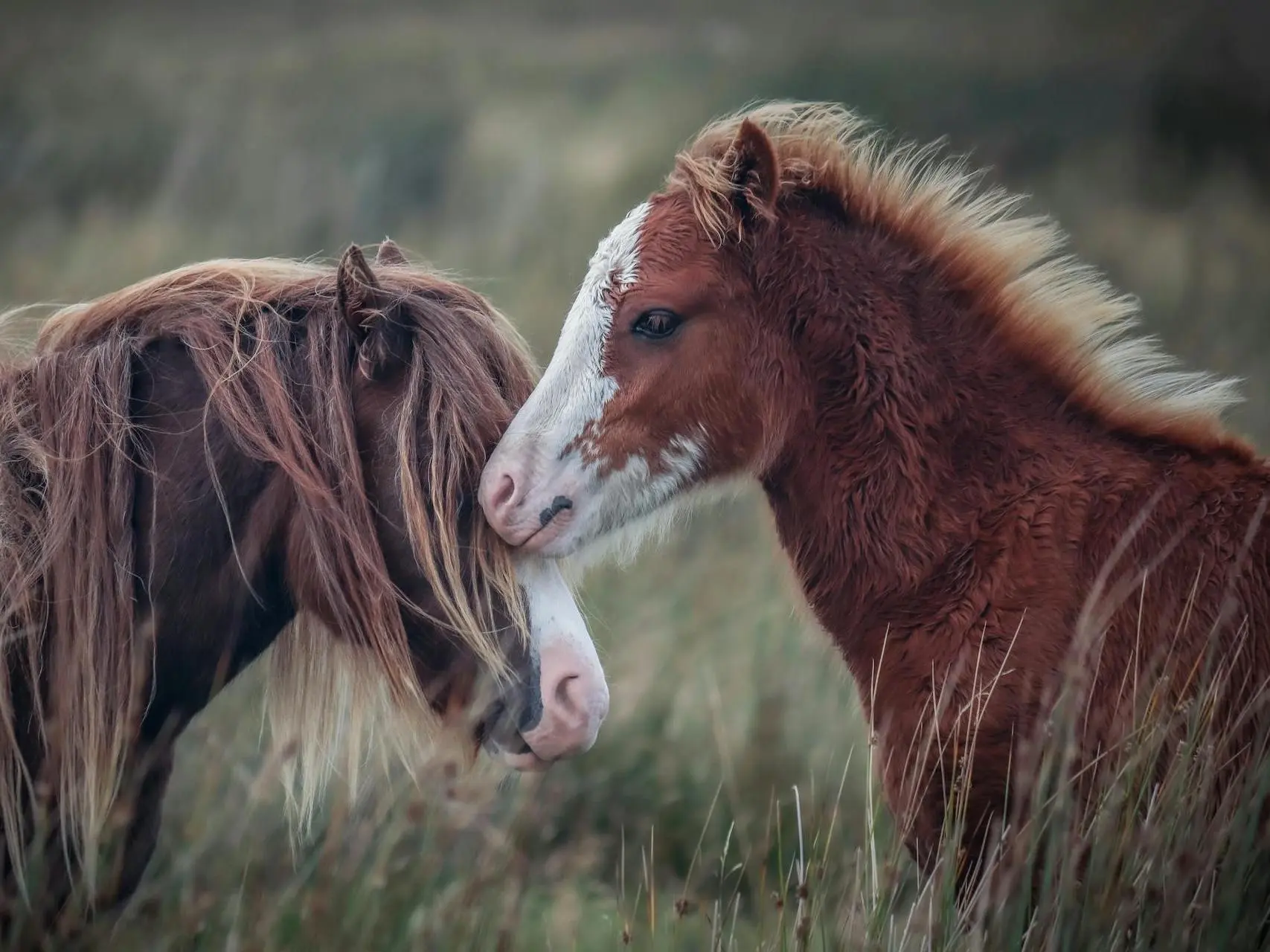 Apron Face
Apron FaceLooks like it’s wearing an apron of white over the face, white extends along the jaw to the throat latch and covers the whole muzzle.
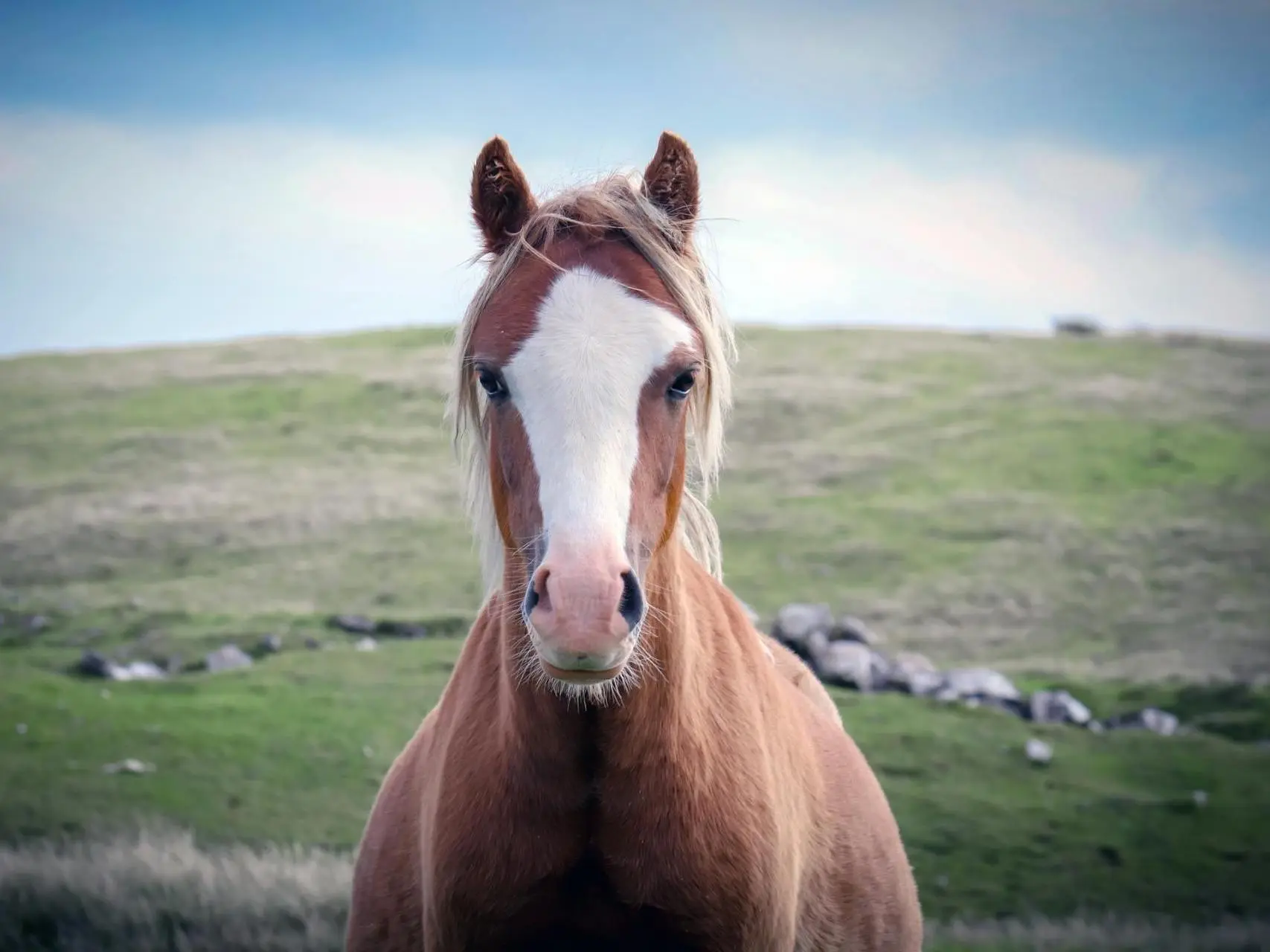 Blaze
BlazeA blaze is found on all breeds and colors, it is a broad white stripe that runs down the middle of the face, usually from forehead to nose.
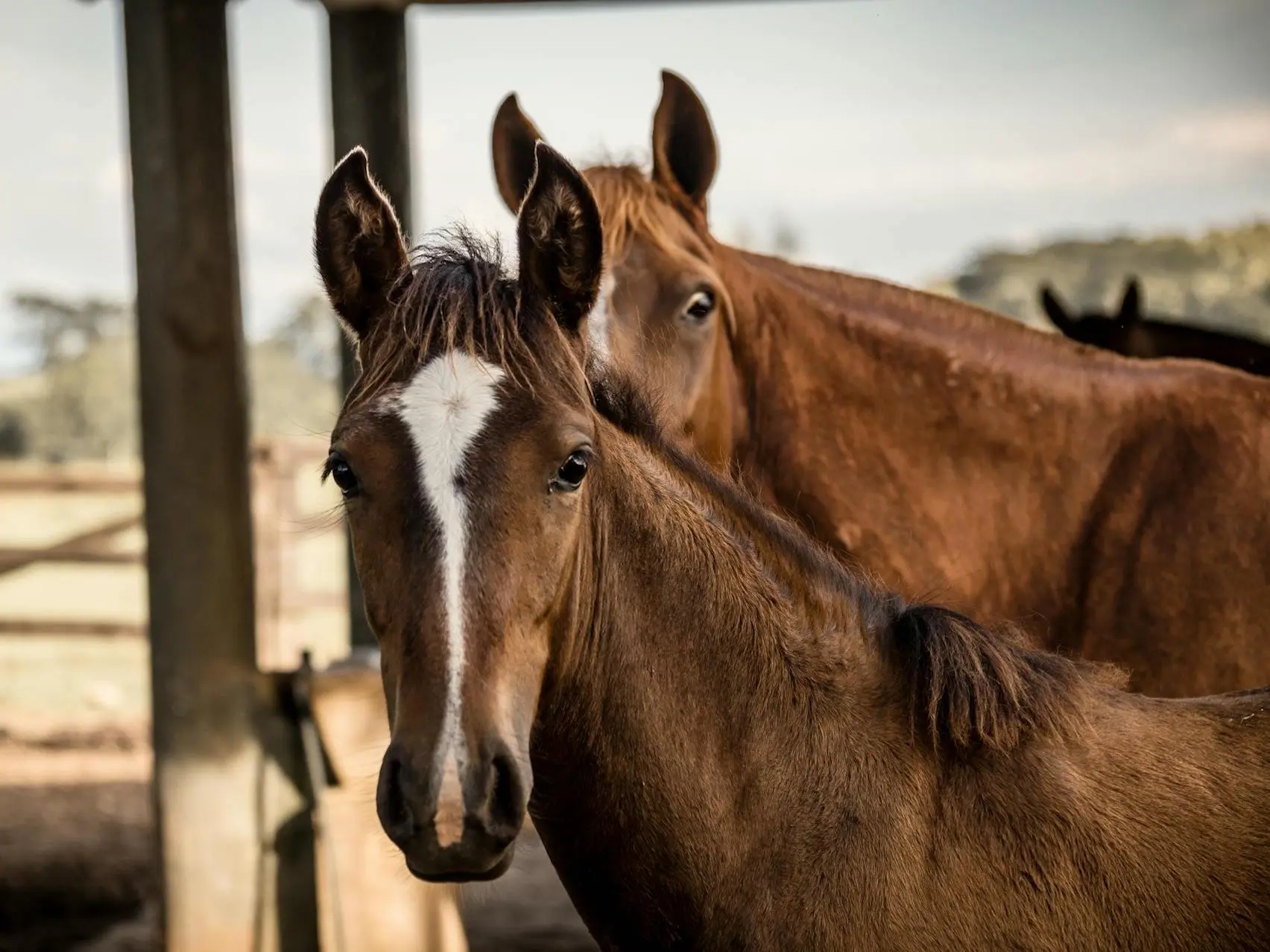 Stripe
StripeA blaze is found on all breeds and colors, it is a broad white stripe that runs down the middle of the face, usually from forehead to nose.
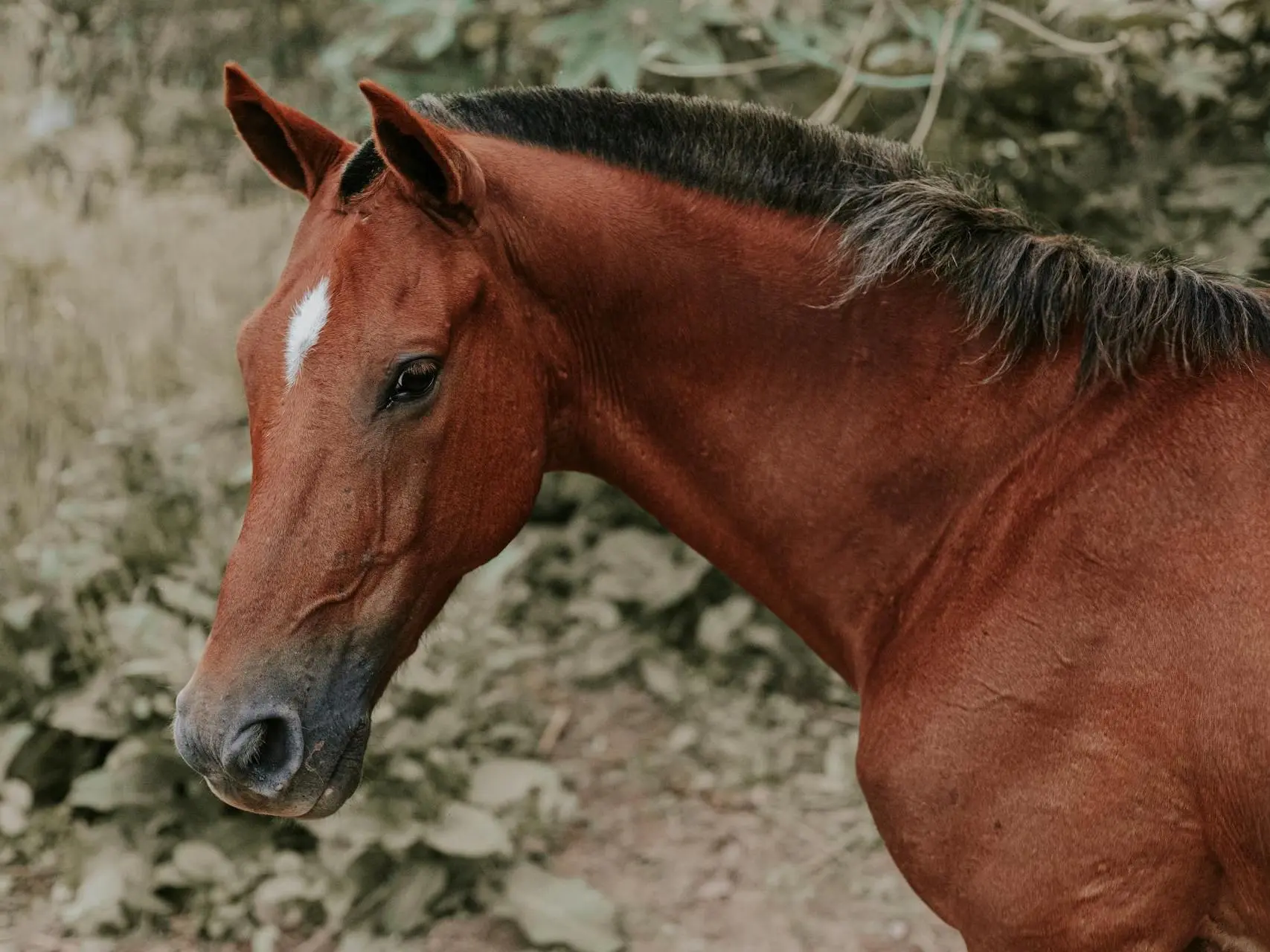 Star
StarA star is a white marking on the forehead between the eyes. It varies considerably in shape and size, but must a fairly obvious on the face.
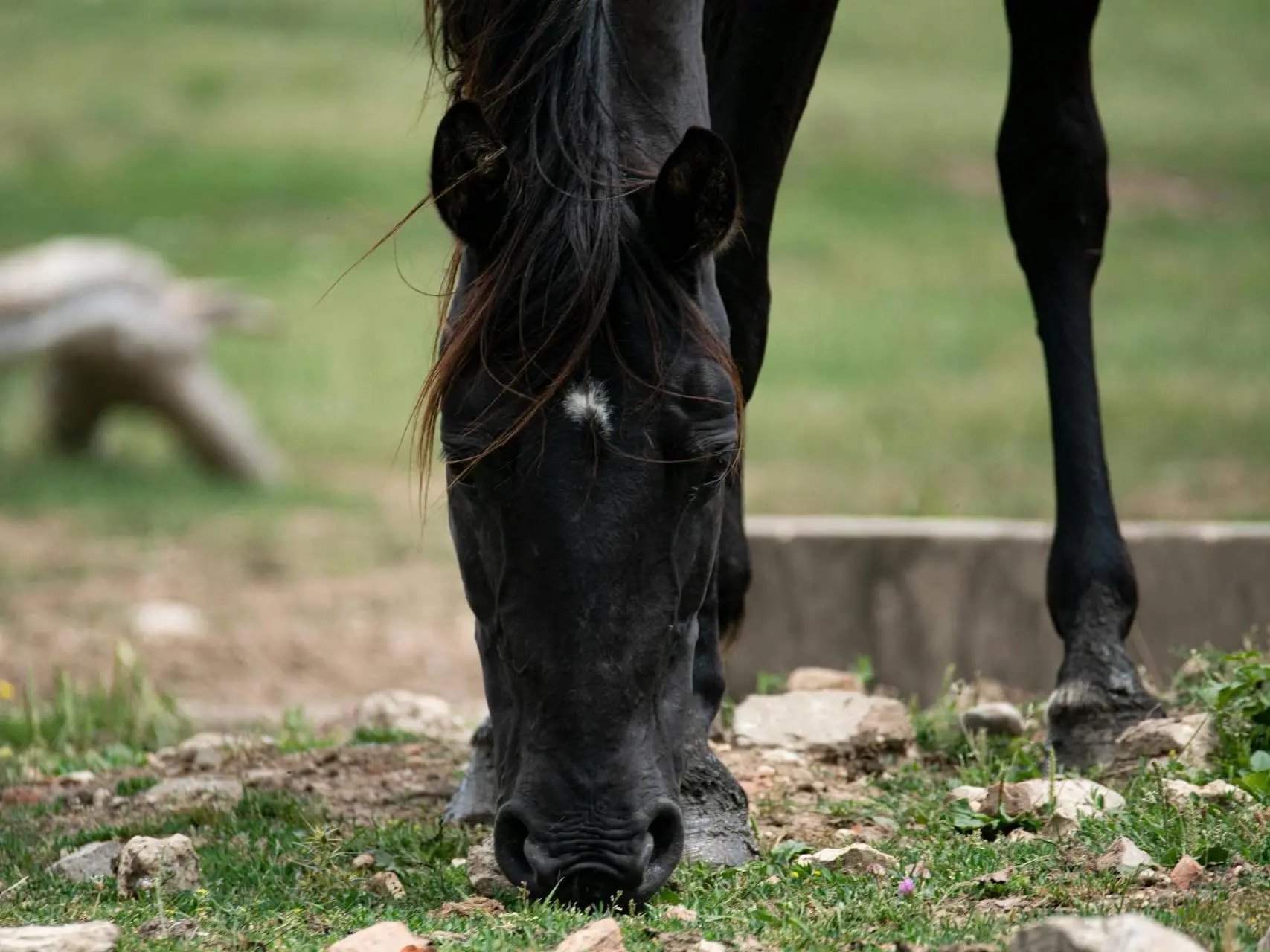 Faint
FaintFaints are also in the forehead between the eyes and tiny. Varying from a few hairs to a small smudge, easily hidden by a forelock.
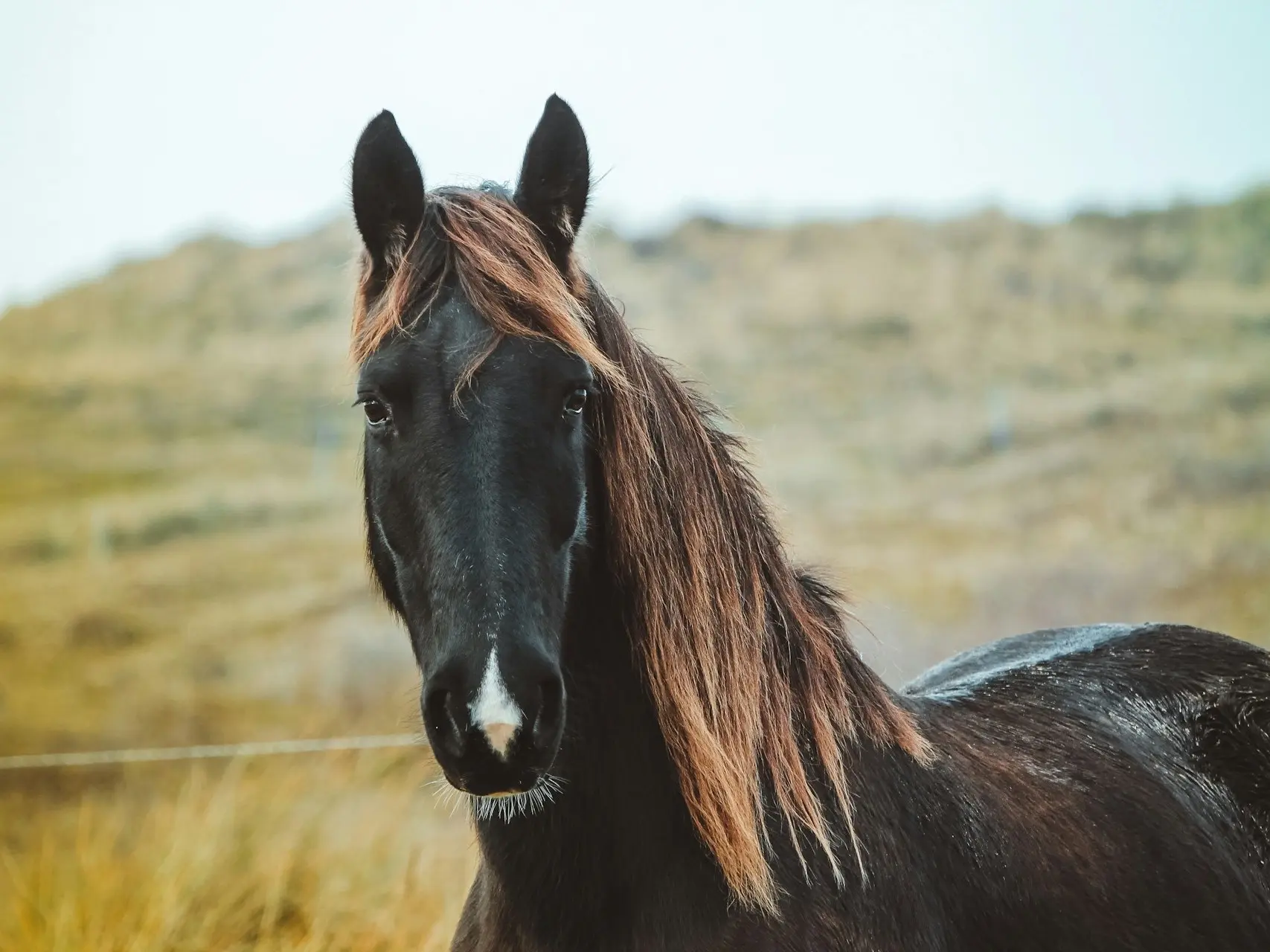 Snip
SnipA snip is a nose marking and can be found between the nostrils. It can be any shape, ranges in size and is often found with other markings.
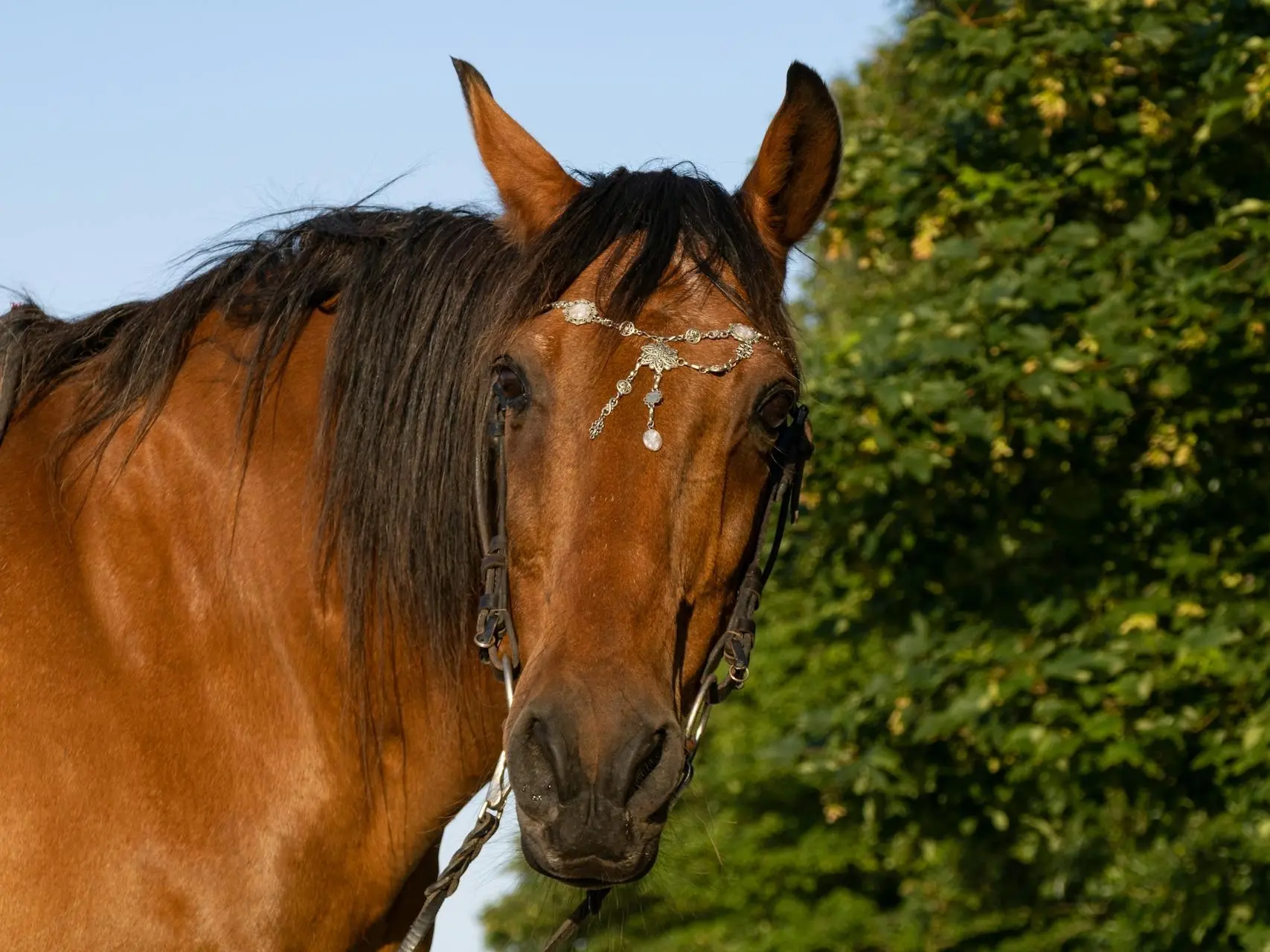 None
NoneDifficult to define because they simply defy it, irregular face markings often look like someone took a paint brush and went to work.
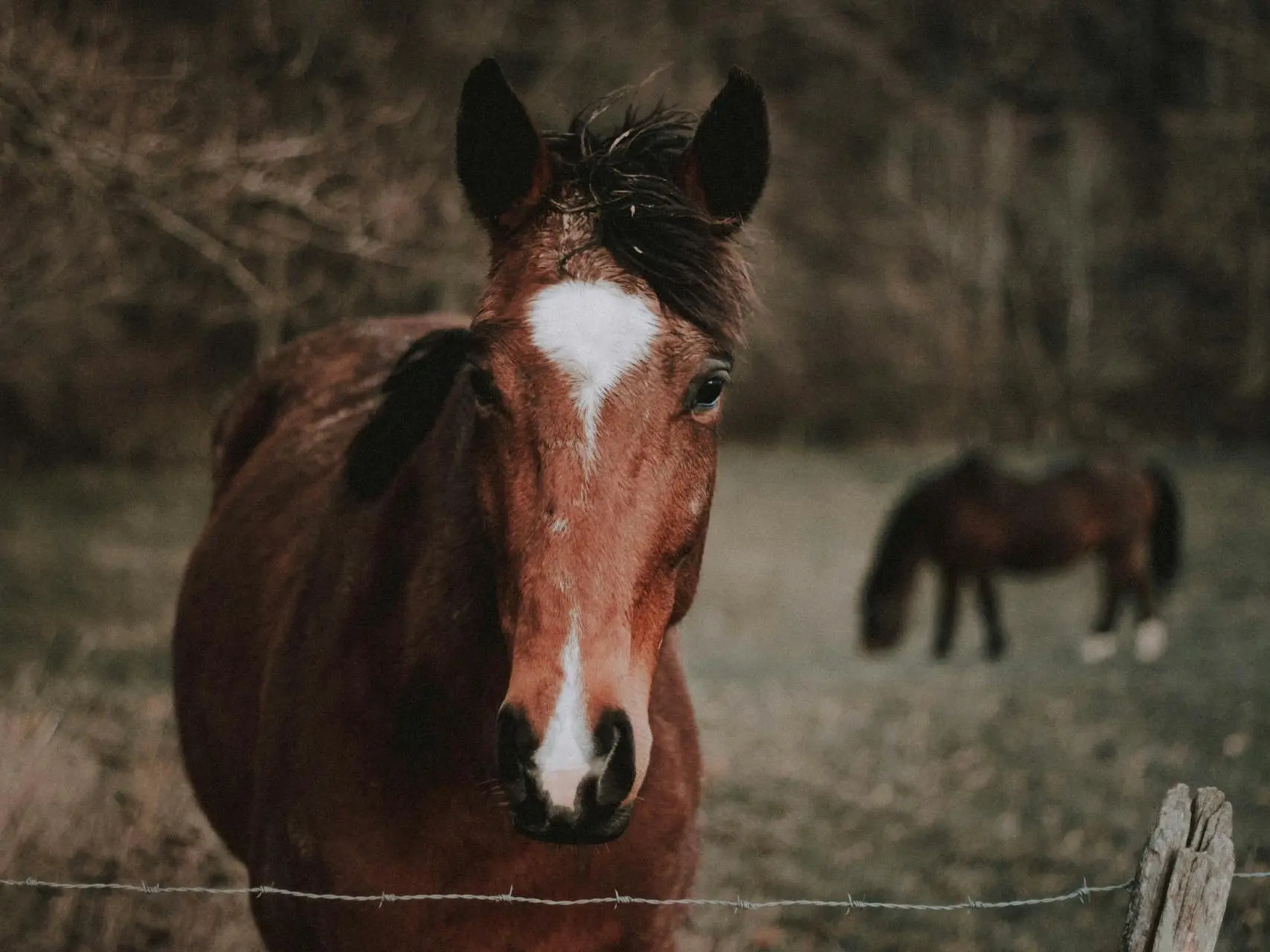 Interrupted Blaze or Stripe
Interrupted Blaze or StripeFound on all types and colors of horses, stars are found on the forehead between the eyes. They can be any shape and range in size.
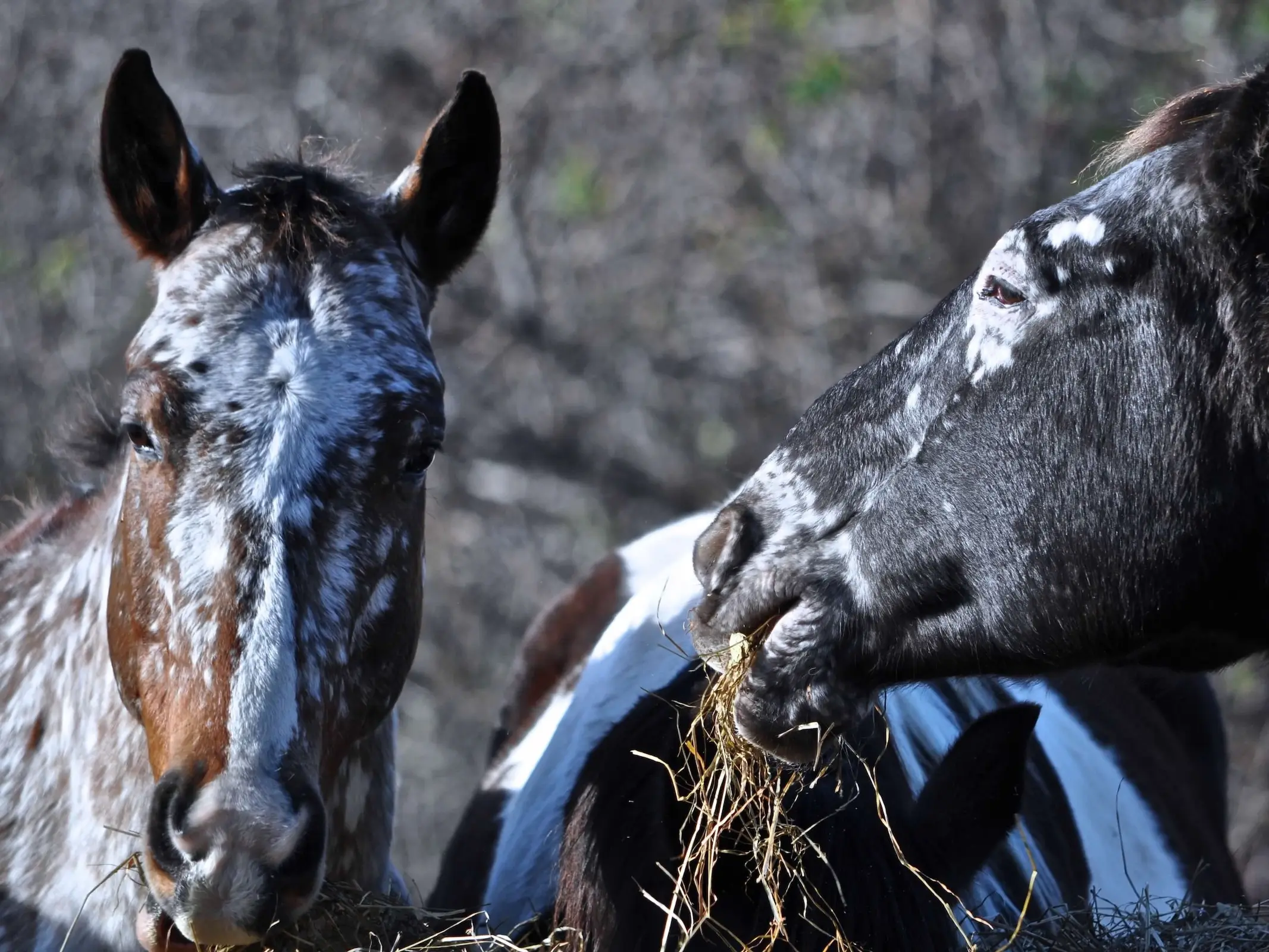 Irregular
IrregularDifficult to define because they simply defy it, irregular face markings often look like someone took a paint brush and went to work.
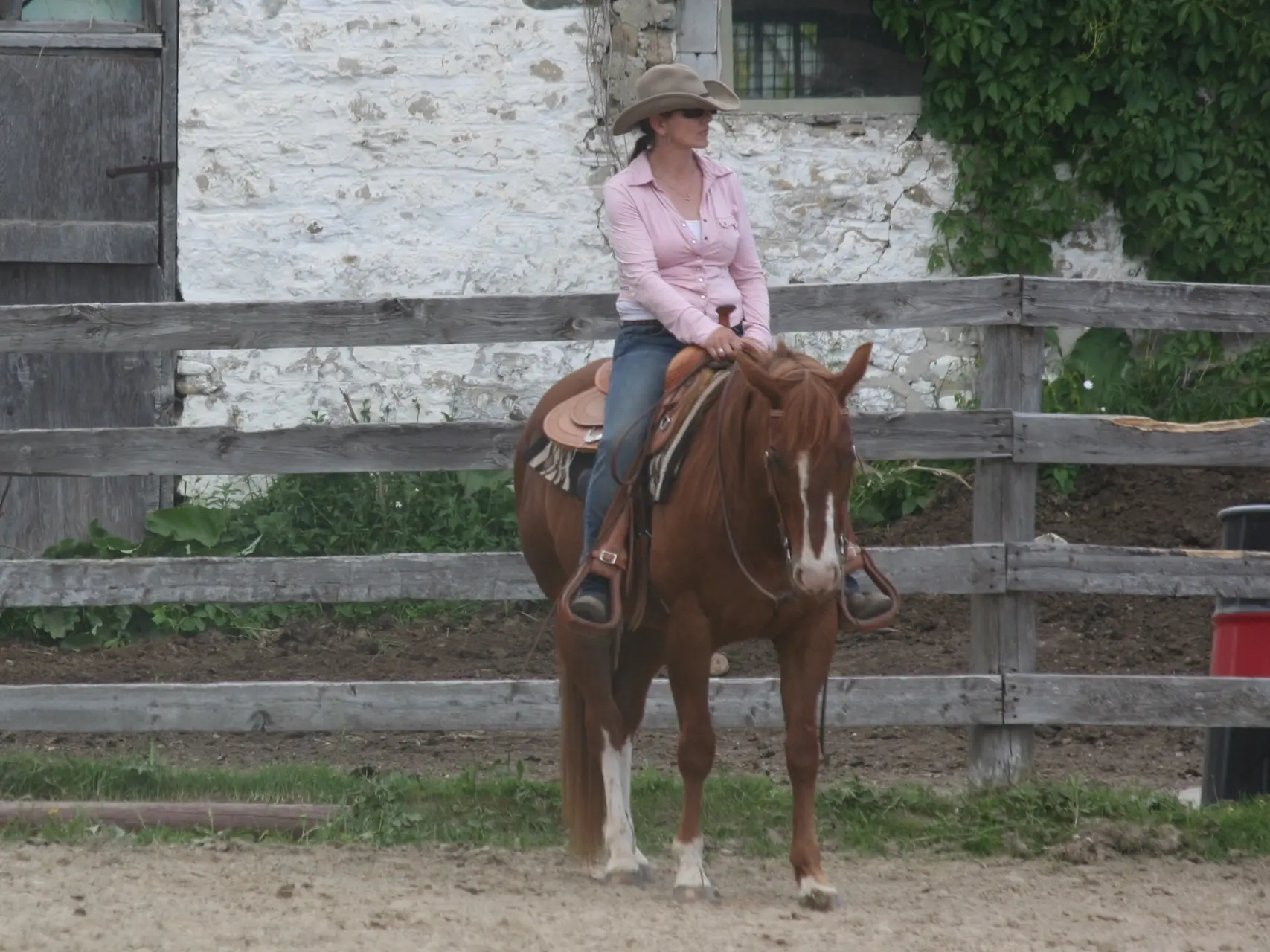 Badger Face
Badger FaceThe badger face marking is generally associated with pinto patterns and is as a reverse marking with a white stripe around the face.
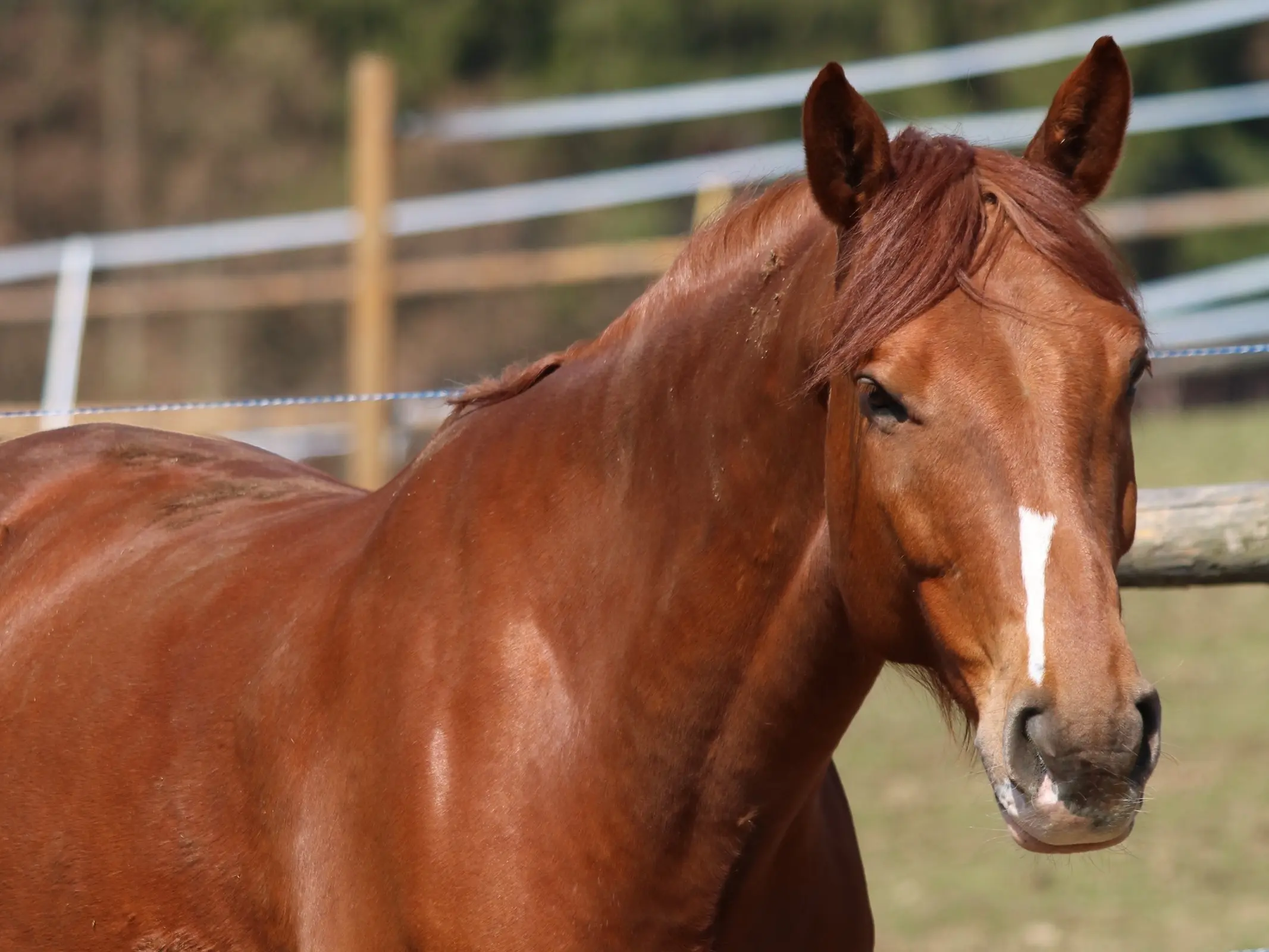 Occluded Markings
Occluded MarkingsEssentially white face markings that have been overlaid with the base color, displaying as broken markings or random slices of white.
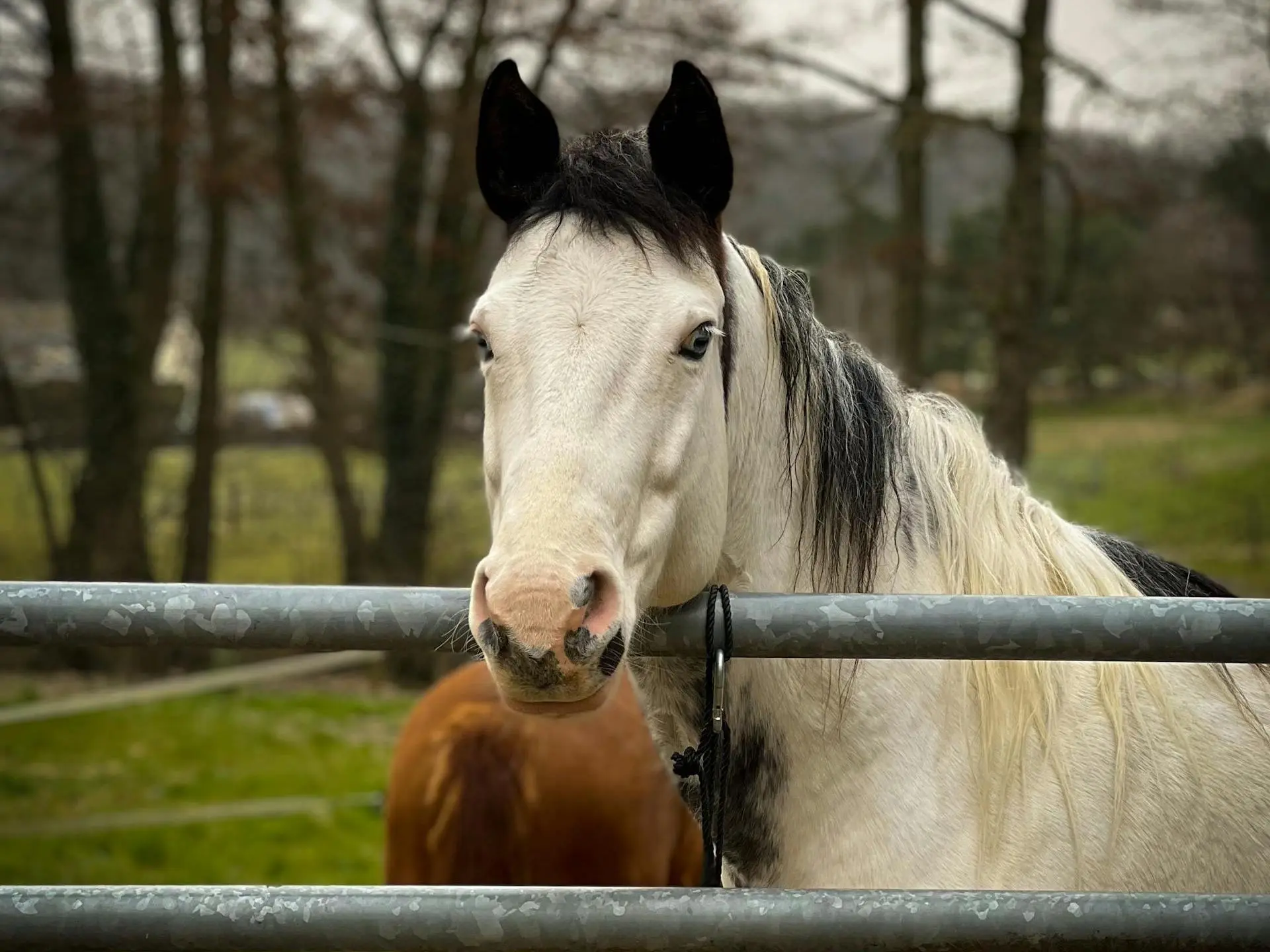 Medicine Hat
Medicine HatA backwards marking, on a medicine hat the poll and ears are the base color. They must be surrounded completely by white.
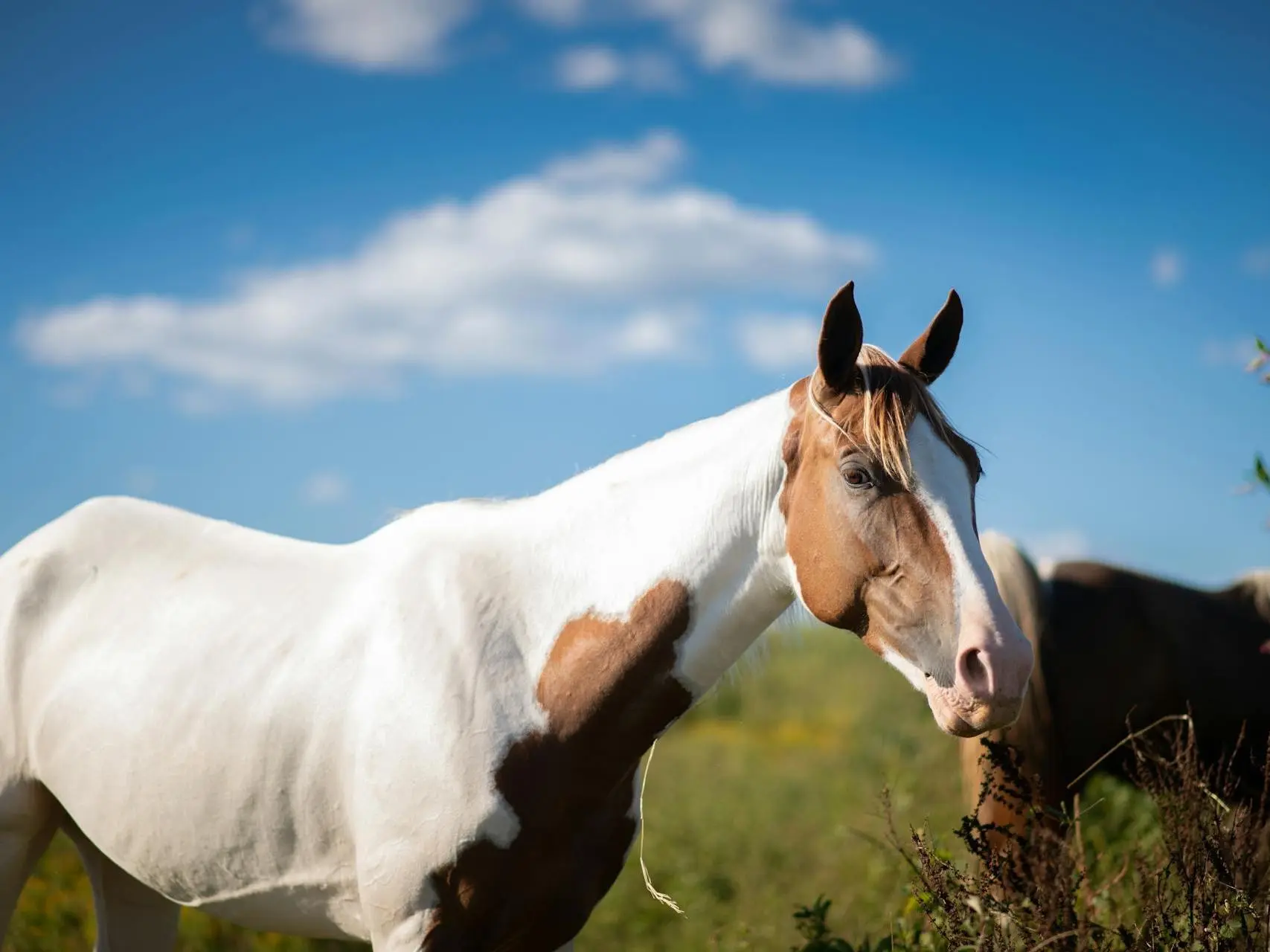 War Bonnet
War BonnetSimilar to medicine hat, but the marking extends further down the face or poll. War bonnet horses were prized for being good war mounts.
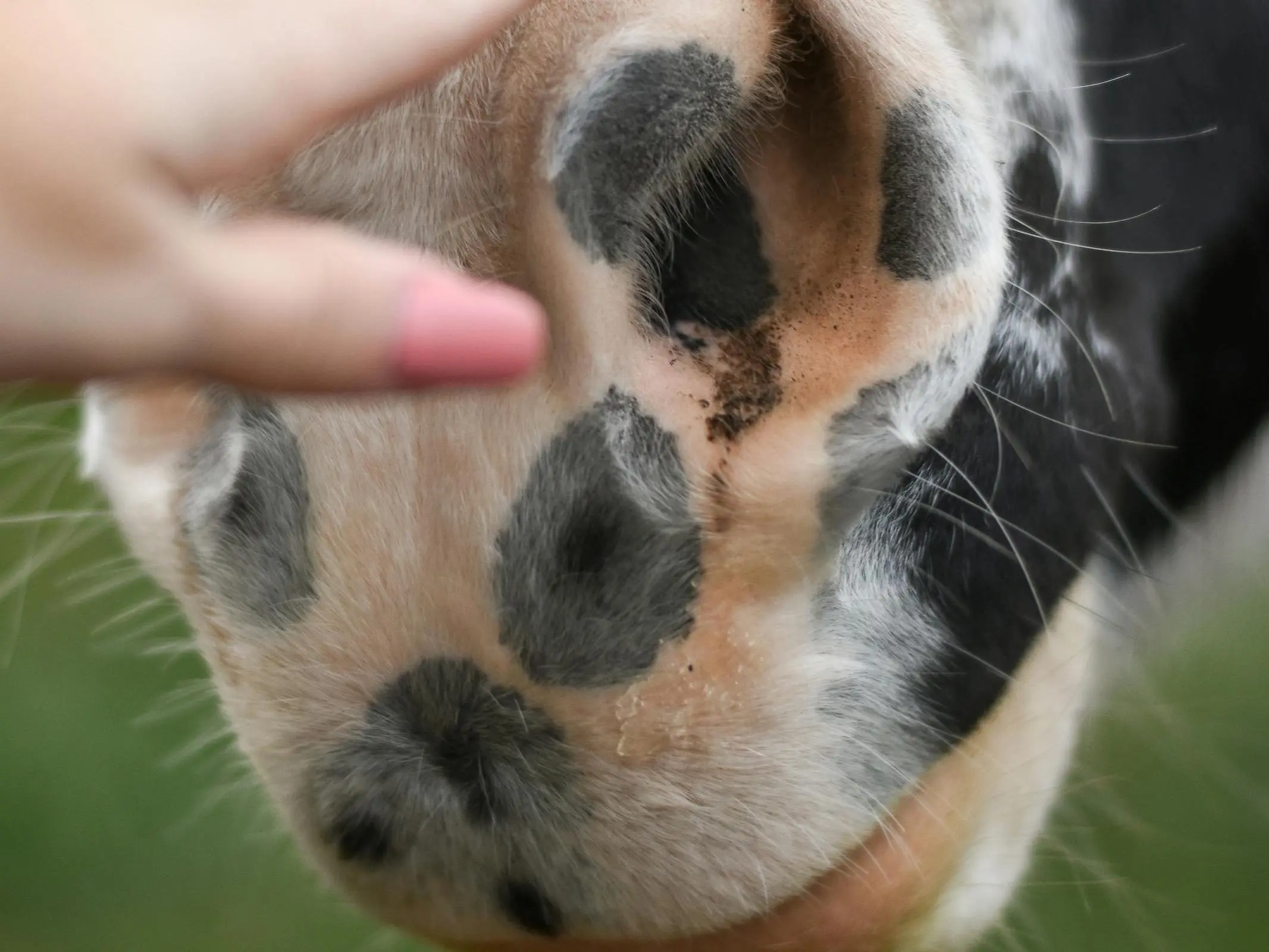 Belton Spots
Belton SpotsThe inception of markings, belton spots are blotches of color inside a white marking on the face, sometimes with roaning on the edges.
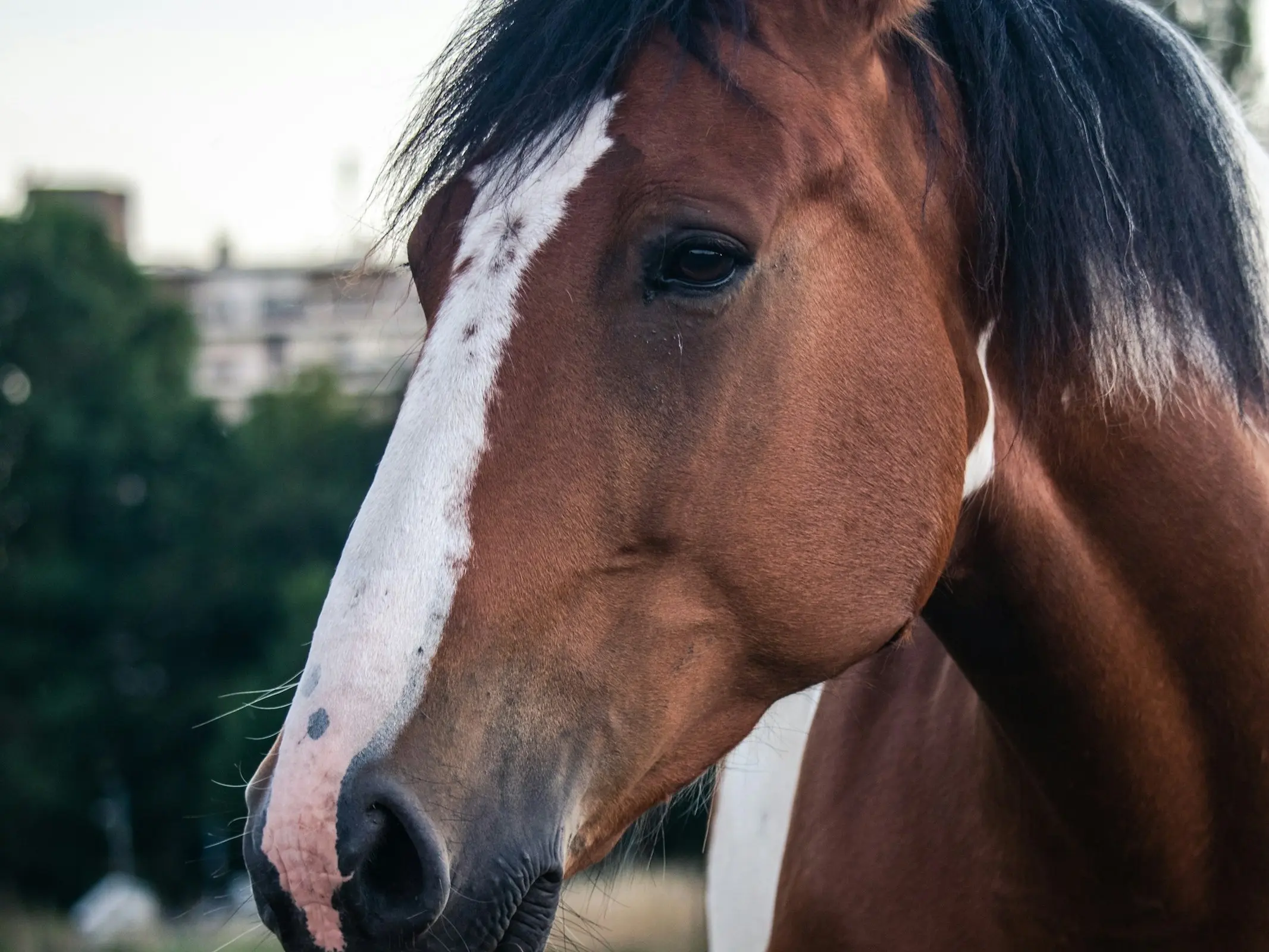 Ermine Spots
Ermine SpotsErmine are essentially smaller belton spots and are roughly pea shaped. Most commonly found on the face and feet white markings.
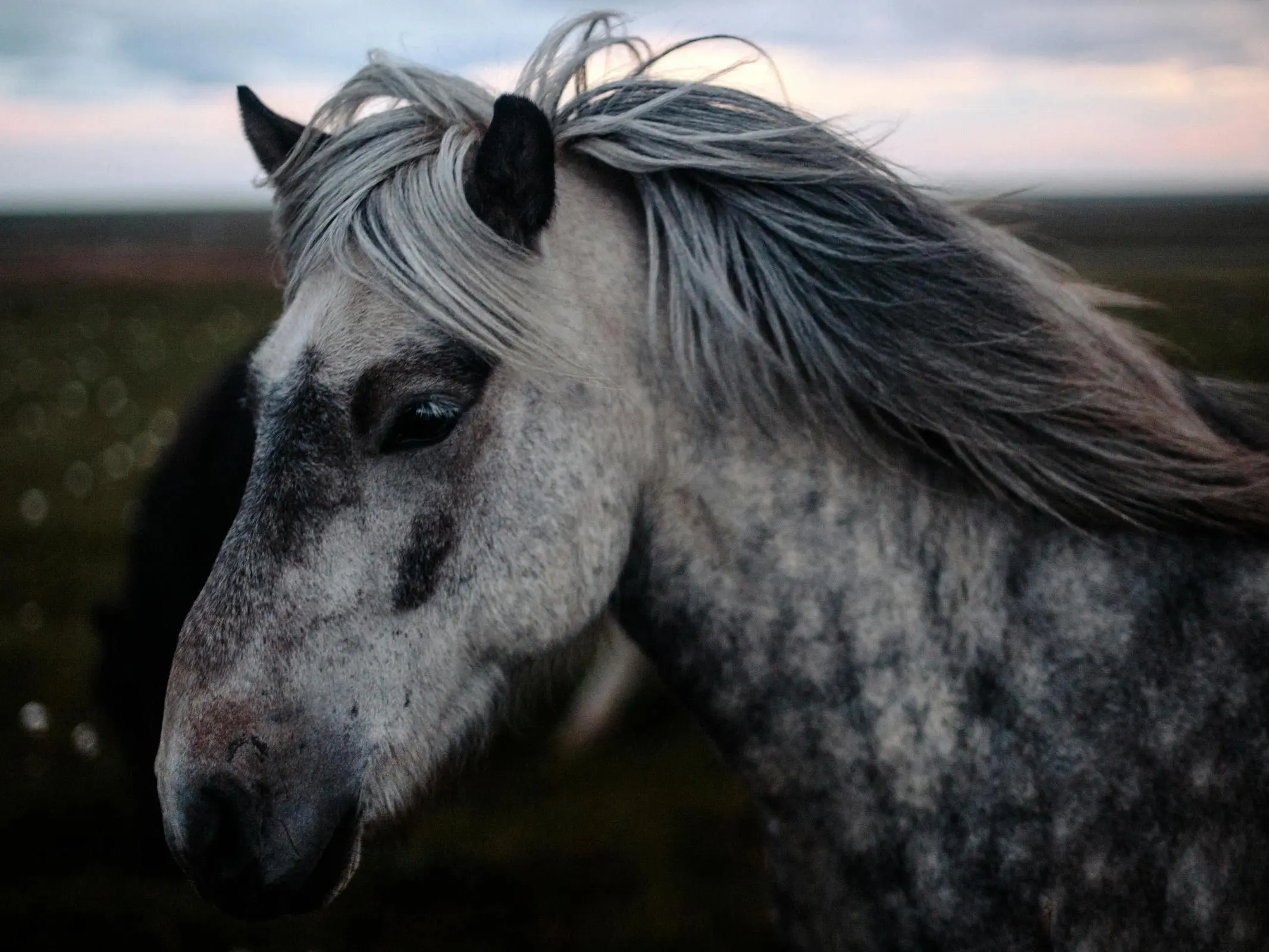 Reverse
ReverseWhen other white patterns and colors mimic a badger face. Showing dark in various shapes down the face, against a light face.
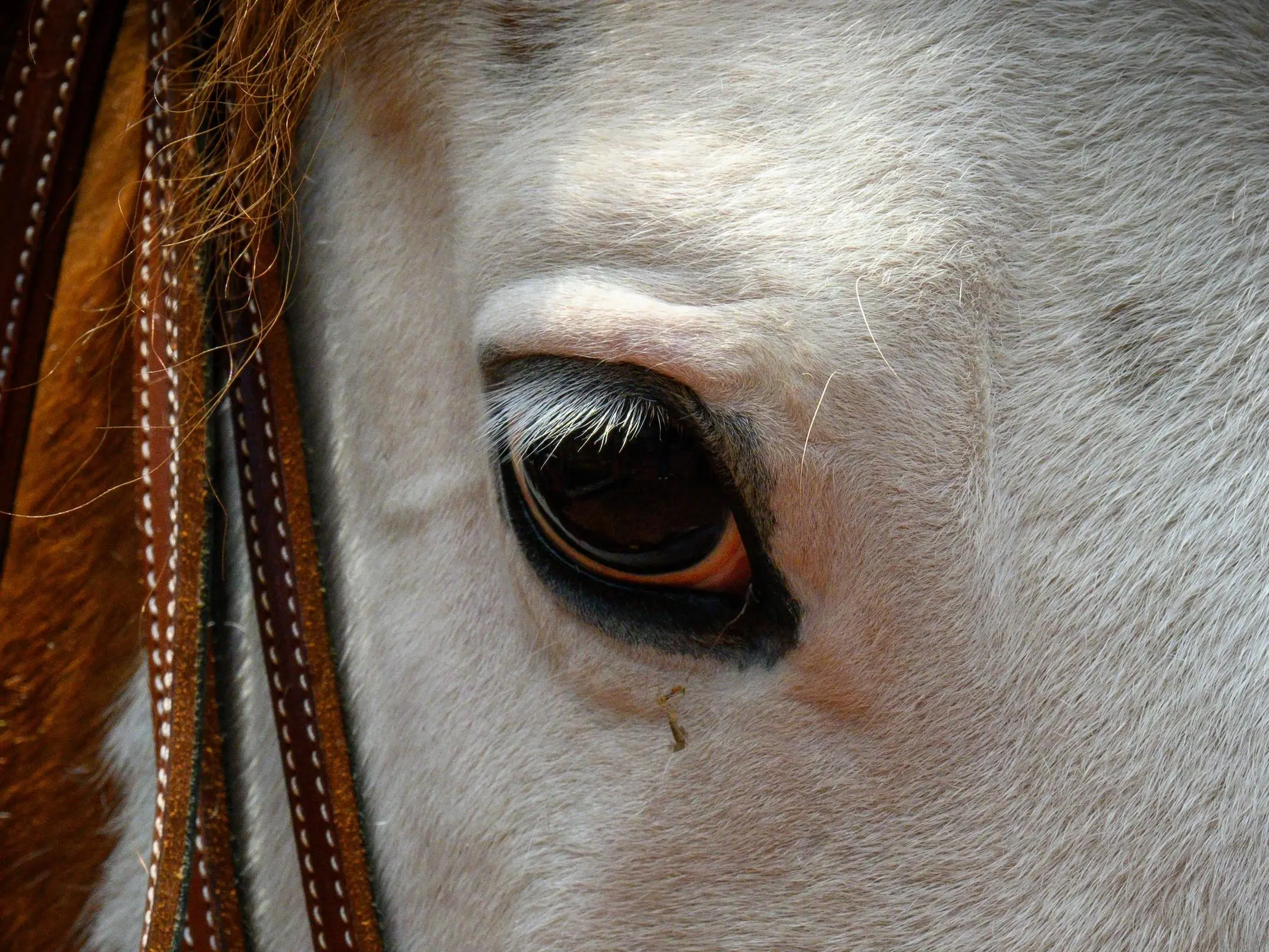 White Sclera
White ScleraFrequently found on appaloosas and pintos with white over the eye. Can also be found in solid animals adding some personality.
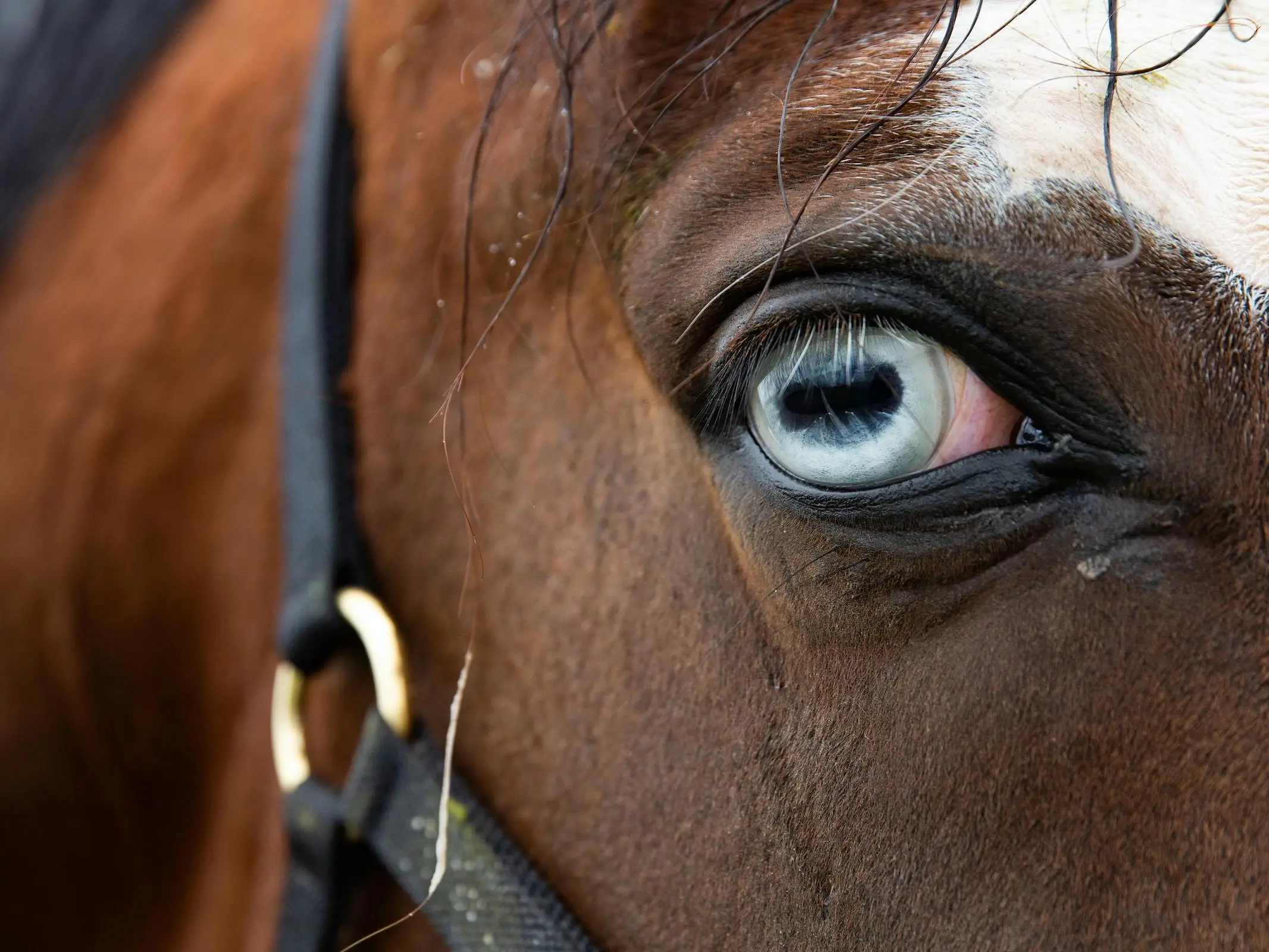 Wall Eye
Wall EyeWall eyes are blue eyes. Most often found on horses with pinto patterns, double cream dilutions and dominant white.
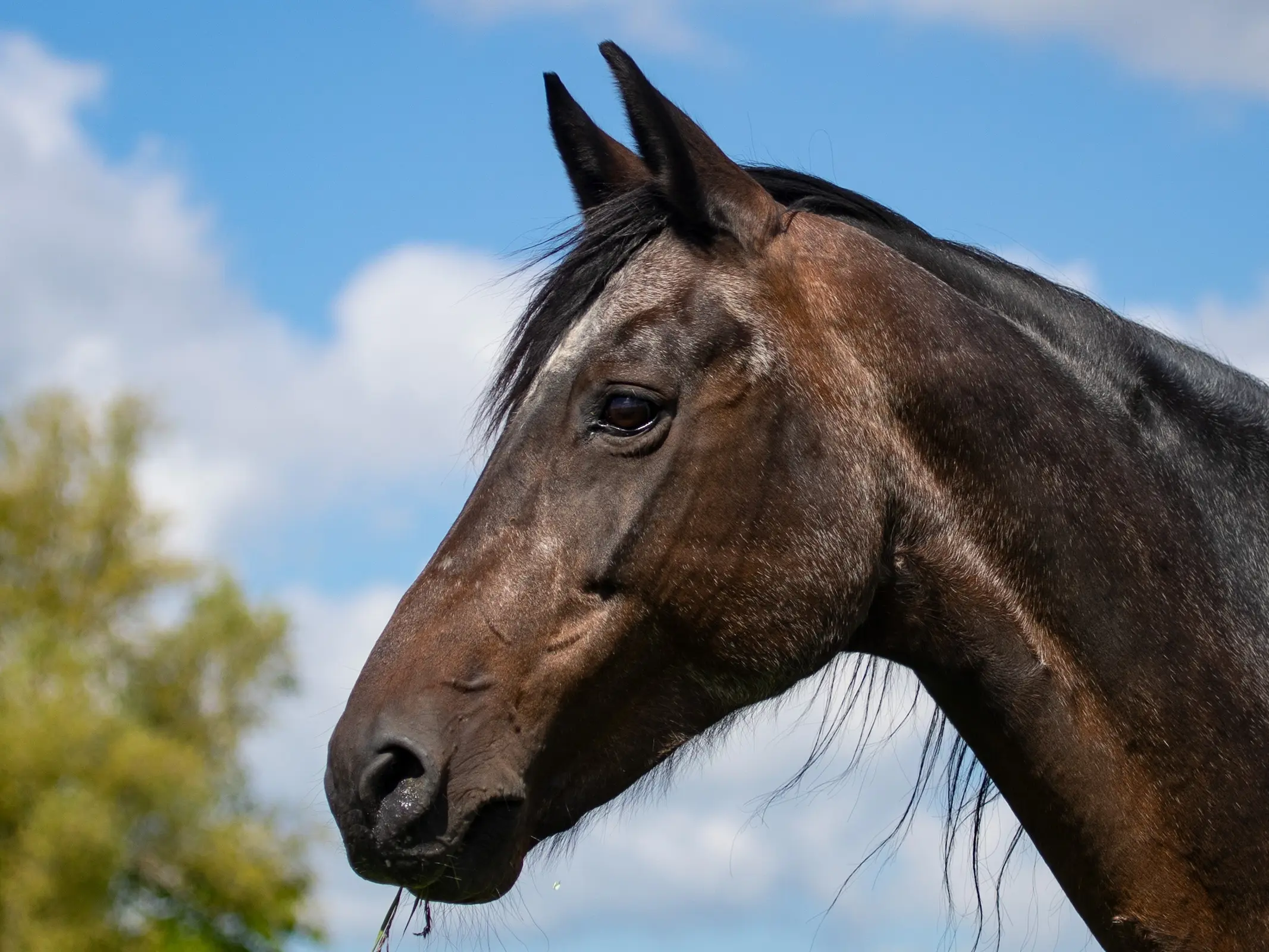 Greying with Age
Greying with AgeLike humans, as horses age some of their hair can begin to go grey. Generally around the eyes and forehead.